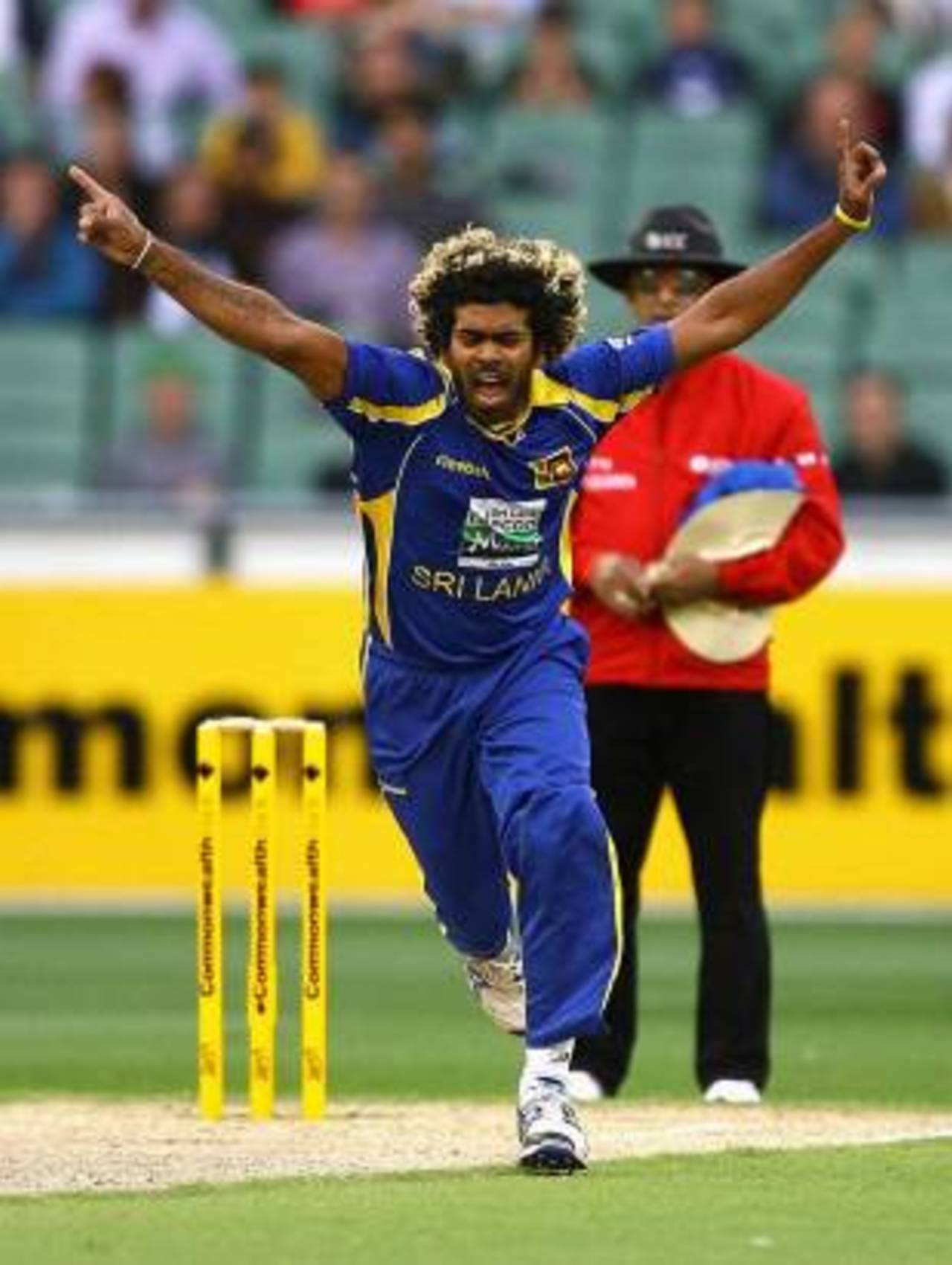It was an exhibition game in England in 1991. Wasim Akram was representing Rest of the World XI against an England XI. He began bowling length balls, and Kim Barnett, an attacking Derbyshire batsman who played five Tests for England, went after Akram at the start. It was just an exhibition game, and Akram wanted to preserve himself, but his pride took a beating. He began bowling yorkers, and Barnett eventually fell to Tony Dodemaide for 26.
As the World XI players waited for the new batsman to arrive, Akram told his team-mates, Sanjay Manjrekar one of them, how he didn't want to bowl those yorkers. When asked to verify that anecdote, Akram says, "Zor lagta hai yorker daalne mein [It takes a lot of effort to bowl yorkers]. It is easy to bowl bouncers. A bouncer is nothing in comparison."
And when Akram talks of yorkers, he means those speared in, swinging bullets landing on the crease. "You have to dig deep for those." A good, quick yorker takes as much effort as two or three normal deliveries. It was these yorkers that made it desperately difficult to score at more than a run a ball against bowlers the likes of Akram.
During the CB Series, even on the big fields of Australia, even two runs a ball hasn't looked safe for the bowling side in the last ten overs. Sri Lanka needed 18 off the last over in
Perth, and Mitchell Starc bowled either length or the bouncer, and just about came out safe. In
Adelaide, with 12 to defend in the last over, Clint McKay bowled length at various paces. When even Lasith Malinga hasn't relied that much on the basic yorker, what of the other bowlers?
Is it too harsh to say that the bowlers perhaps don't want to "dig deep"? Cricket has changed a lot. The schedules are hectic, there is too much to lose if you don't prolong your career, and it is possible that the bowlers want to preserve themselves. Malinga's body wears scars of the most difficult delivery bowled at the most difficult trajectory. He can't even play Test cricket now. How many bowlers want to go all out and bowl a spell full of yorkers?
But perhaps it will be a bit too harsh to look at it this way alone. Batting has changed too. Batsmen have found ways of countering yorkers. They go deep into the crease to convert them into half-volleys. They walk down the stumps and scoop them on the full. They make room and squeeze the ball past point. It is true that earlier there were fewer batsmen who did this - the Saleem Maliks, the Javed Miandads for instance.
Batsmen definitely play the yorker better than they did 10 years ago, but not so well that a slower length ball can replace the yorker as the most effective delivery at the death. Michael Clarke, a batsman himself, agrees. "Yeah, look I think the basic and simple yorker is still the best delivery at the death," Clarke says. "We continually look at Malinga, when he hits his yorker, doesn't matter what technique, theory, you have to score, it's the hardest ball to score off."
However, Clarke also sees merit in other variations, especially on the bigger fields in Australia. "For starters I think we have got to hit that yorker, but I think Shane Watson showed as well tonight that his change of pace is crucial," Clarke says. "It's such a big ground square of the wicket, the Gabba, you have got to be able to change the pace and get the batters hitting to the long parts of the ground."
Mahela Jayawardene, who captains the
best bowler of the yorker today, also wants to use the longer boundaries. "Depending on situations, trying to get batsmen to hit into longer boundaries [as Watson did] with the change-ups [is important], which we did as well to a certain extent," Jayawardene said. "Different venues, different places, you need to come up with those ideas. That's the beauty of the game. Because we play each other so often, they know your strengths and weaknesses."
Either through reluctance or deterioration of skill or the lure of the fancy slower balls, an art from - a breathtaking sight of a batsman saving his toe from breaking - is dying.
Australia's main problem though with death bowling, which has driven Clarke up the wall, has been the absence of a bowler who can bowl eight to 10 yorkers in his last two overs, which will, in the worst case, go for 15-16 runs, and in the best scenario could pick up wickets for under 10 runs.
One example of this was when Ashish Nehra and Zaheer Khan bowled yorker after yorker on a runway in
Rajkot in the 414-v-411 game, and defended 31 in the last five overs. Tim Southee did the same when Cameron White was in a hot and crazy pursuit of a 200-plus total in a Twenty20 at the 'lilliputian' Jade Stadium in
Christchurch. Both were successful. In fact, we have reached a stage where most bowlers feel obliged to bowl a slower ball simply because they haven't bowled one for four-five deliveries.
That we clearly remember two incidents from the last two-three years is a clear indication that the yorker is not employed well or often enough. Either through reluctance or deterioration of skill or the lure of the fancy slower balls, an art from - a breathtaking sight of a batsman saving his toe from breaking - is dying. We need evidence against this notion.
Edited by Kanishkaa Balachandran
Sidharth Monga is an assistant editor at ESPNcricinfo
